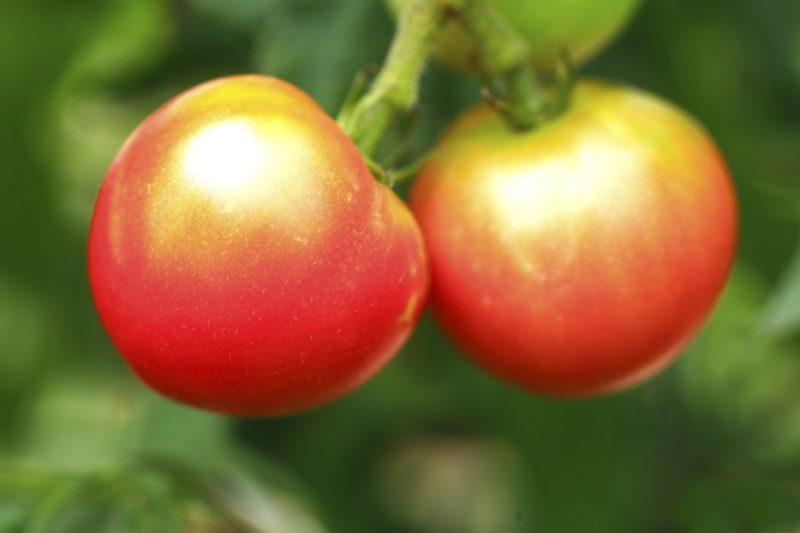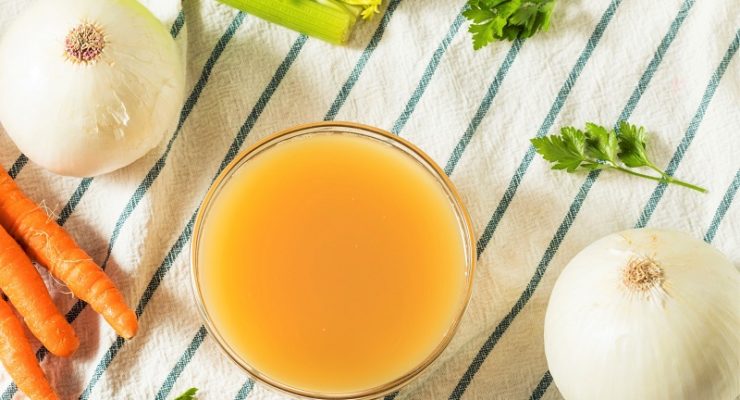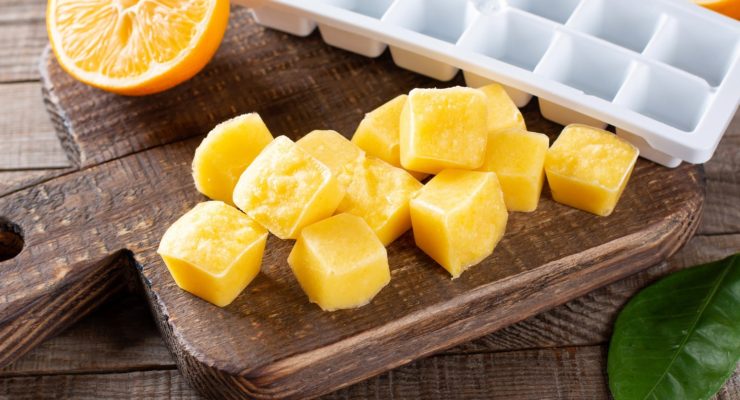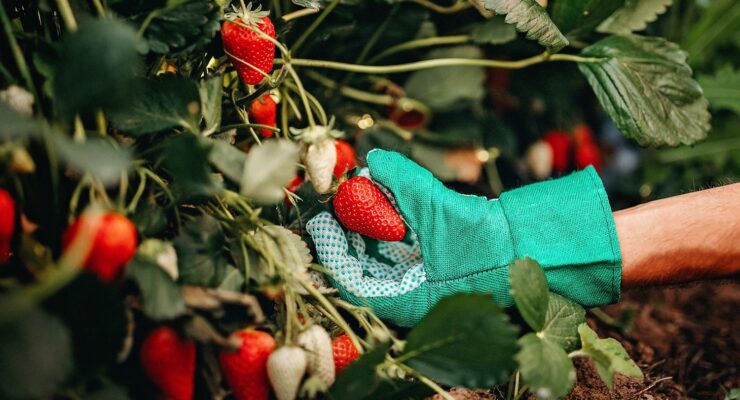How to Get Garden-Ready
Article posted in: Lifestyle
Producing and eating homegrown produce is a fantastic way to save money on healthy food, while getting physically active. And, with spring officially here, it’s time to start planning for this year’s growing season. Here are some tips on how to get garden-ready:
Take Stock
Dust off your garden tools to make sure that you have everything you need and that they are in proper working order. Replace any old or rusted tools, or beat up gardening gloves. Also, check to see if fencing or other garden structures need to be repaired.
Prep the Soil
Getting your garden’s soil ready is one of the most important aspects of growing food. The seedlings you plant will not thrive unless your soil is well aerated. Purchase a soil test kit to test the pH of your soil and to determine what you may need to pick up from a home and gardening store to add to the soil. Then, dig up the top six to 12 inches and add whatever amendment is need, including coffee grounds, which act as a pest deterrent. Finish up by raking the soil to form a level surface.
Make Compost
Don’t throw out those fruit and veggie scraps! Start a compost pile to collect leftovers and those little bits that most people chuck in the garbage can. You can also add leaves, lawn clippings and other natural waste. When everything breaks down, you will have natural nutrient-dense fertilizer for your plants. You can invest in worms, which more efficiently break down the compost, so it is ready to use sooner, or you can whip up a compost tea to get your food waste to decompose quicker.
Map it Out
Decide what crops you are going to grow before you starting planting. Be sure to include a wide variety of produce to ensure a diet rich in nutrients. Sketch out a map of how you are going to set up your garden. Group together companion plants, which assists in the plants’ growth, by attracting beneficial bugs and keeping harmful insects away, and providing shade, nutrients and structural support. “The Three Sisters,” squash, beans and corn, are a great example of companion plants that support each other very well.









